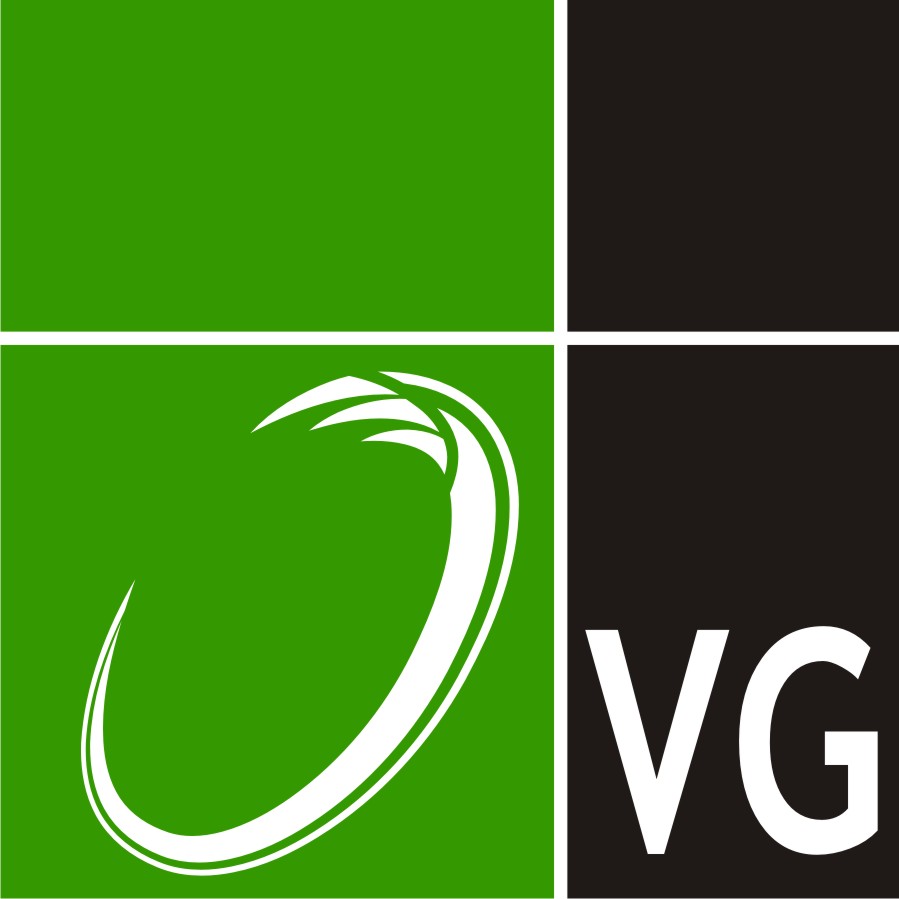- Home »
- VGI - Die Zeitschrift »
- Autor
VGI - Autor
Charlotte Glatz
Wir haben 1 Artikel von und mit Charlotte Glatz gefunden.
Digitaler geoZwilling - Datenmodell für ein virtuelles Abbild der Stadt Wien
Kurzfassung
Die Stadtvermessung Wien arbeitet seit Ende 2019 am Projekt Digitaler geoZwilling. Dabei wurde eine neue Strategie sowohl in der Erstellung semantischer 3D-Objekte als auch anderer Geodatenprodukte ins Zentrum gestellt, welche bestehende Workflows komplett umstrukturiert und neu durchdenkt. Der Kern der Strategie ist es, die dreidimensionalen Messdaten der Stadtvermessung aus bestehenden aber auch potenziell neuen Messmethoden direkt zu einem Digitalen geoZwilling – einem virtuellen, semantischen 3D-Abbild aller Objekte der Stadt – zu verarbeiten und andere Geodatenprodukte (Stadtkarte, Höhenmodelle, etc.) aus diesem 3D-Abbild abzuleiten. Weiters soll der Digitale geoZwilling als geometrische und semantische Grundlage für einen Digitalen Zwilling der Stadt Wien dienen. In dem Artikel versuchen wir das Konzept eines Digitalen Zwillings im Kontext einer Großstadt zu erläutern und den Zusammenhang zu anderen Begriffen rund um das Thema herzustellen. In weiterer Folge wird auf die Entwicklung und die Ziele des Digitalen geoZwillings eingegangen, es werden Grundlagen der 3D-Modellierung beschrieben und die Notwendigkeit von neuen Datenmodellen diskutiert. CityGML als internationaler Standard für 3D-Stadtmodelle bietet ein Fundament für die Entwicklung solcher Datenmodelle. Die Entwicklung, Konzepte und Nutzung von CityGML in der Praxis werden vorgestellt. Die Ergebnisse einer prototypischen Entwicklung eines Datenmodells für den Digitalen geoZwilling auf der Basis von CityGML bilden den Hauptteil der Arbeit.
Abstract
The surveying and mapping department of the City of Vienna has been working on the Digital geoTwin project since the end of 2019. The new strategy focuses on both the creation of semantic 3D objects and other geodata products, which completely restructures and rethinks existing workflows. The core of the strategy is to process the three-dimensional measurement data of the surveying and mapping department from existing as well as potentially new measurement methods directly into a Digital geoTwin – a virtual, semantic 3D replica of all objects in the city – and to derive other geodata products (city map, elevation models, etc.) from this 3D model. Furthermore, the Digital geoTwin should serve as a geometric and semantic basis for a digital twin of the City of Vienna. In this article, we try to explain the concept of a digital twin in the context of a large city and to establish the connection to other terms related to the topic. Subsequently, the development and goals of the Digital geoTwin will be discussed, the basics of 3D modelling will be described and the need for new data models will be assessed. CityGML as an international standard for 3D city models offers a foundation for the development of such data models. The development, concepts and use of CityGML in practice are presented. The results of a prototypical development of a data model for the digital geo twin based on CityGML form the main part of the work.
Die Stadtvermessung Wien arbeitet seit Ende 2019 am Projekt Digitaler geoZwilling. Dabei wurde eine neue Strategie sowohl in der Erstellung semantischer 3D-Objekte als auch anderer Geodatenprodukte ins Zentrum gestellt, welche bestehende Workflows komplett umstrukturiert und neu durchdenkt. Der Kern der Strategie ist es, die dreidimensionalen Messdaten der Stadtvermessung aus bestehenden aber auch potenziell neuen Messmethoden direkt zu einem Digitalen geoZwilling – einem virtuellen, semantischen 3D-Abbild aller Objekte der Stadt – zu verarbeiten und andere Geodatenprodukte (Stadtkarte, Höhenmodelle, etc.) aus diesem 3D-Abbild abzuleiten. Weiters soll der Digitale geoZwilling als geometrische und semantische Grundlage für einen Digitalen Zwilling der Stadt Wien dienen. In dem Artikel versuchen wir das Konzept eines Digitalen Zwillings im Kontext einer Großstadt zu erläutern und den Zusammenhang zu anderen Begriffen rund um das Thema herzustellen. In weiterer Folge wird auf die Entwicklung und die Ziele des Digitalen geoZwillings eingegangen, es werden Grundlagen der 3D-Modellierung beschrieben und die Notwendigkeit von neuen Datenmodellen diskutiert. CityGML als internationaler Standard für 3D-Stadtmodelle bietet ein Fundament für die Entwicklung solcher Datenmodelle. Die Entwicklung, Konzepte und Nutzung von CityGML in der Praxis werden vorgestellt. Die Ergebnisse einer prototypischen Entwicklung eines Datenmodells für den Digitalen geoZwilling auf der Basis von CityGML bilden den Hauptteil der Arbeit.
Abstract
The surveying and mapping department of the City of Vienna has been working on the Digital geoTwin project since the end of 2019. The new strategy focuses on both the creation of semantic 3D objects and other geodata products, which completely restructures and rethinks existing workflows. The core of the strategy is to process the three-dimensional measurement data of the surveying and mapping department from existing as well as potentially new measurement methods directly into a Digital geoTwin – a virtual, semantic 3D replica of all objects in the city – and to derive other geodata products (city map, elevation models, etc.) from this 3D model. Furthermore, the Digital geoTwin should serve as a geometric and semantic basis for a digital twin of the City of Vienna. In this article, we try to explain the concept of a digital twin in the context of a large city and to establish the connection to other terms related to the topic. Subsequently, the development and goals of the Digital geoTwin will be discussed, the basics of 3D modelling will be described and the need for new data models will be assessed. CityGML as an international standard for 3D city models offers a foundation for the development of such data models. The development, concepts and use of CityGML in practice are presented. The results of a prototypical development of a data model for the digital geo twin based on CityGML form the main part of the work.
Keywords/Schlüsselwörter
Digitaler geoZwilling Digitaler Zwilling 3D-Stadtmodell City Information Modelling CIM CityGML 3D GIS LOD
Digitaler geoZwilling Digitaler Zwilling 3D-Stadtmodell City Information Modelling CIM CityGML 3D GIS LOD
